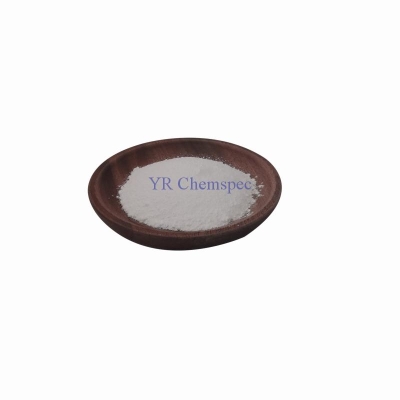-
Categories
-
Pharmaceutical Intermediates
-
Active Pharmaceutical Ingredients
-
Food Additives
- Industrial Coatings
- Agrochemicals
- Dyes and Pigments
- Surfactant
- Flavors and Fragrances
- Chemical Reagents
- Catalyst and Auxiliary
- Natural Products
- Inorganic Chemistry
-
Organic Chemistry
-
Biochemical Engineering
- Analytical Chemistry
- Cosmetic Ingredient
-
Pharmaceutical Intermediates
Promotion
ECHEMI Mall
Wholesale
Weekly Price
Exhibition
News
-
Trade Service
3.
1.
1 Physical and chemical properties and uses
Aminoglycosides (AGs) drugs are glycoside antibiotics that contain two or more amino sugars and amino cyclic alcohols and are connected by glycosidic bonds
.
AGs are produced through the fermentation of various actinomycetes, and are derived from Streptomyces (Streptomyces) varieties and their derivatives such as streptomycin, tobramycin , spectinomycin, etc.
Figure 3-1 The chemical structure of common AGs
3.
1.
1.
1 Physical and chemical properties
The structure and physicochemical properties of AGs are similar.
They are alkaline compounds, have high polarity, are easily soluble in water, and can form salts with inorganic acids (such as sulfuric acid or hydrochloric acid ) or organic acids
.
The sulfate is a white or nearly white crystalline powder, which is hygroscopic and easily soluble in water, but hardly soluble in most organic solvents
Table 3-1 Physical and chemical properties of common AGs
3.
1.
1.
2 Purpose
By irreversibly binding with bacterial ribosomes, AGs can interfere with bacterial protein synthesis and cause cell membrane damage, thereby inhibiting bacterial growth
.
AGs are bactericidal agents in the stationary phase, and their bactericidal effects are concentration-dependent.
AGs are mainly used for systemic infections caused by sensitive aerobic gram-negative bacilli
.
Although a variety of cephalosporins and quinolones have been widely used in clinical practice in recent years, AGs are still used because they have strong inhibitory effects on common gram-negative bacilli such as Pseudomonas aeruginosa, pneumoniae, E.
Related Links: Determination of 16 Sulfonamide Residues in Milk and Milk Powder Liquid Chromatography-Tandem Mass Spectrometry (4)







